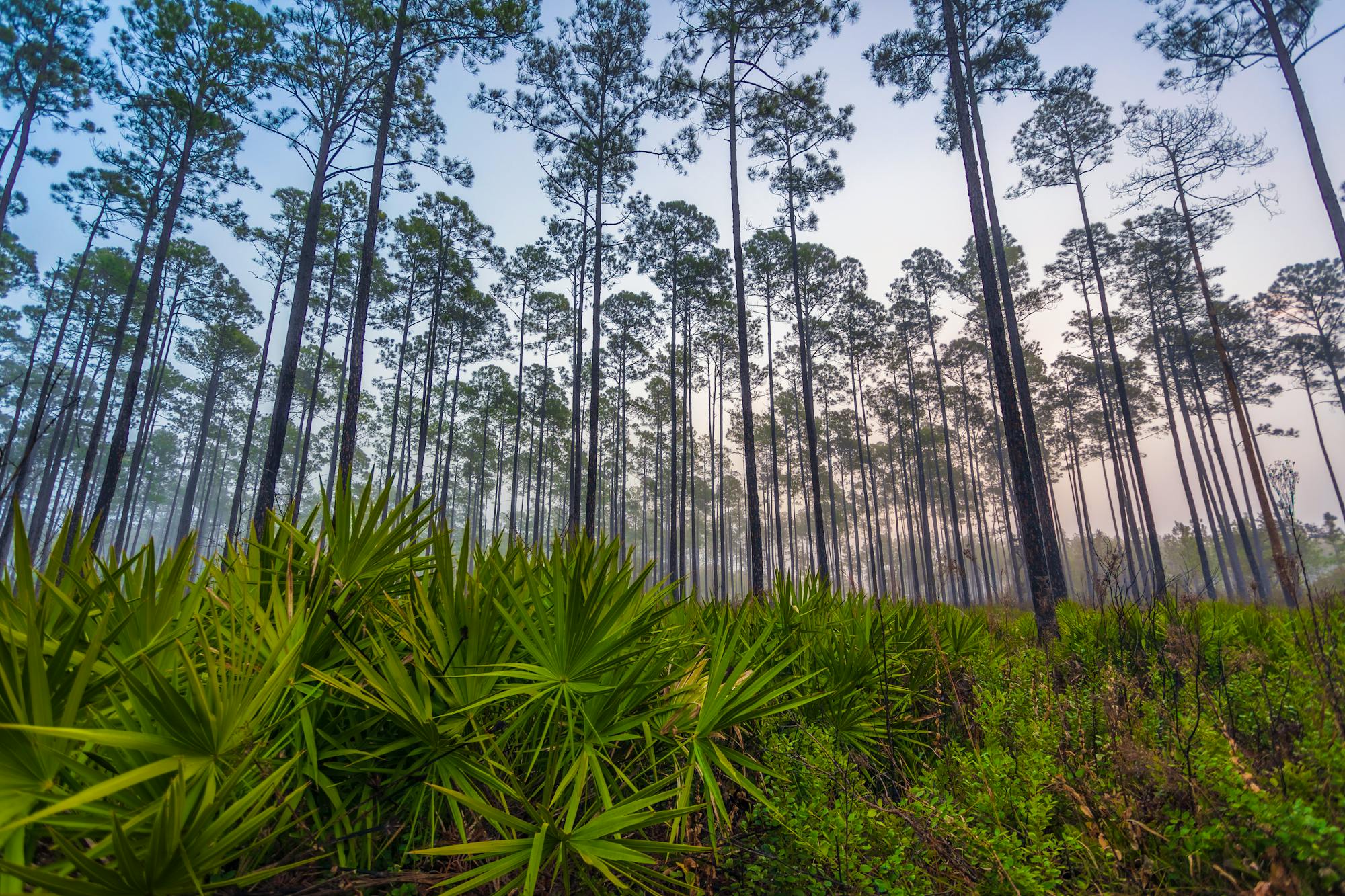In a full-page advertisement published in the Atlanta Journal-Constitution this week, a wave of former federal and state officials—as well as Georgians of influence—called upon the state of Georgia to permanently end the threat of mining near Okefenokee National Wildlife Refuge. For a project beset by failed community relations, faulty science and a near-universal lack of support, it is another blow for Twin Pines Minerals and the latest salvo in a fight for nothing less than the preservation of Okefenokee as we know it today.
Led by former Secretary of the Interior Bruce Babbitt and Secretary of the Treasury Henry M. Paulson, Jr., three former directors of the U.S. Fish and Wildlife Service (under presidents George W. Bush, Bill Clinton, Richard Nixon, Gerald Ford and Jimmy Carter) joined over 100,000 people in denouncing operations proposed by Alabama-based company Twin Pines Minerals. While there is a “time and place for industry,” they noted, “it’s not on the edge of the Okefenokee.”
We could not agree more. With operations eventually expected to destroy roughly 6,000 football fields worth of land, coming within literally a stone’s throw of the swamp, the Twin Pines project is a masterclass example of poor siting and corporate irresponsibility. Unlike other wetlands situated downstream of development, Okefenokee births two rivers—the Suwannee and the St. Marys—and functions as it has for thousands of years, having avoided development and the polluting effects of agriculture.
At full rollout, draglines and bulldozers would plow along the swamp’s edge, choking its night skies with dust and light and intruding upon the wilderness character of the refuge. By pumping groundwater and destroying the natural dam that holds the swamp in place, operations could also lower the water table, effectively “draining” the swamp, according to the U.S. Fish and Wildlife Service. For the alligators, salamanders and wading birds—such as the wood stork—which depends on predictable, seasonal fluctuations in water levels, the results could be catastrophic.
The stakes are high for people, too. Tourism supports more than 750 jobs and pumps over $60 million into local economies per year. People from all the over world travel to the swamp to paddle its remote water trails, stargaze and savor its abundant wildlife and sense of solitude, with Floyd’s Island, one of the most remote places in the east, located seven miles from the nearest road. “Risking the continued growth of Georgia’s recreational tourism economy to mine titanium dioxide—a product commonly used to whiten household paint—defies common sense,” the group wrote.
Additional signees included our own Jamie Rappaport Clark, former director of the U.S. Fish and Wildlife Service (Bill Clinton); Lynn Scarlett, former deputy secretary of the Interior (George W. Bush); Mike Worley, president and CEO of the Georgia Wildlife Federation; Wendy Paulson, Chairman of the Bobolink Foundation; and two former commissioners of the Georgia Department of Natural Resources, Noel Holcomb (Governor Sonny Perdue) and Lonice Barrett (Governors Zell Miller, Roy E. Barnes, Sonny Perdue).
The signees encouraged the state to provide the “direction and leadership” needed to permanently secure Georgia’s most treasured natural resource. “If a wild and pristine Okefenokee is lost,” said the signees, “future generations will not forgive us.”
You can join them by encouraging the Georgia Environmental Protection Division to reject the permits here.











